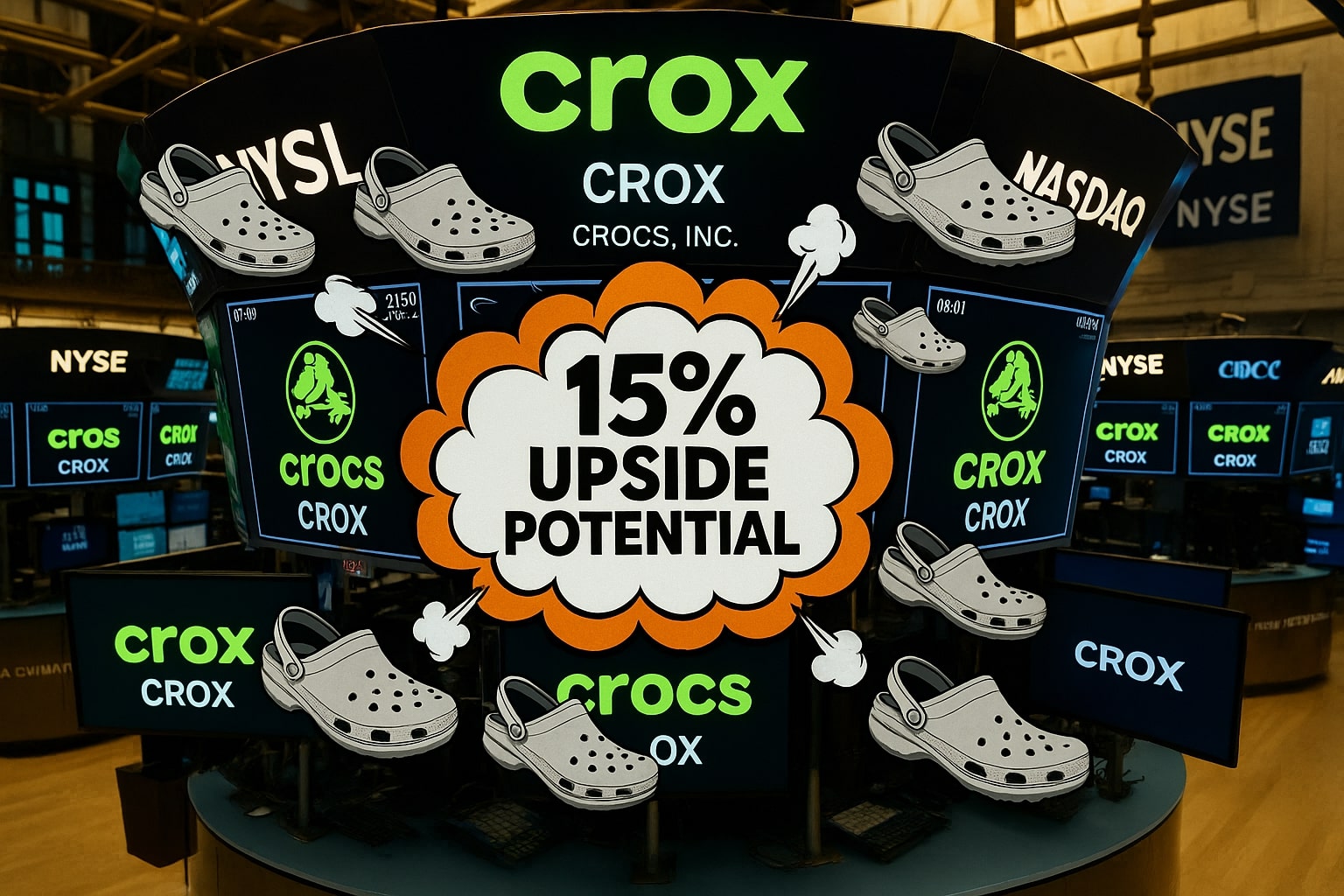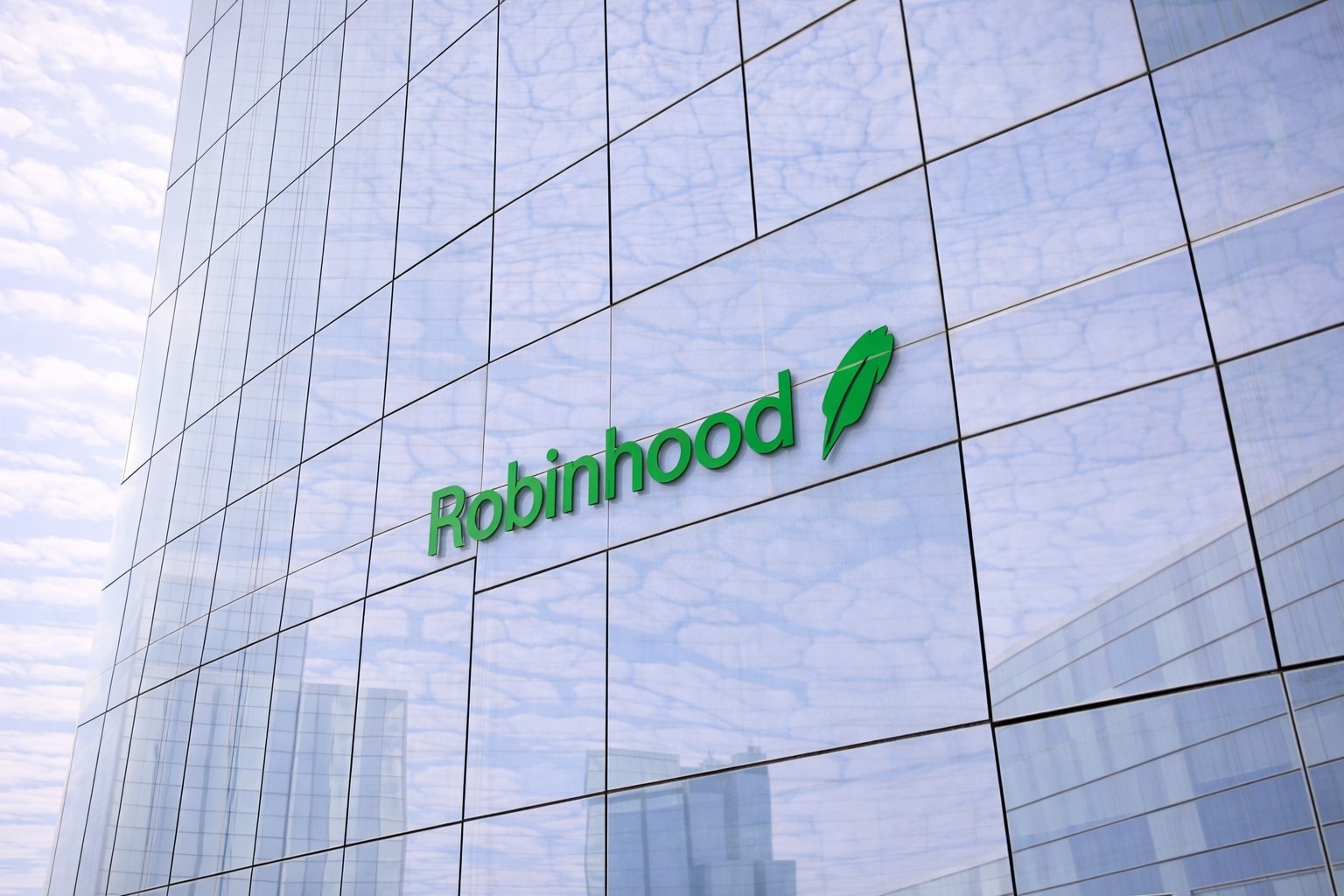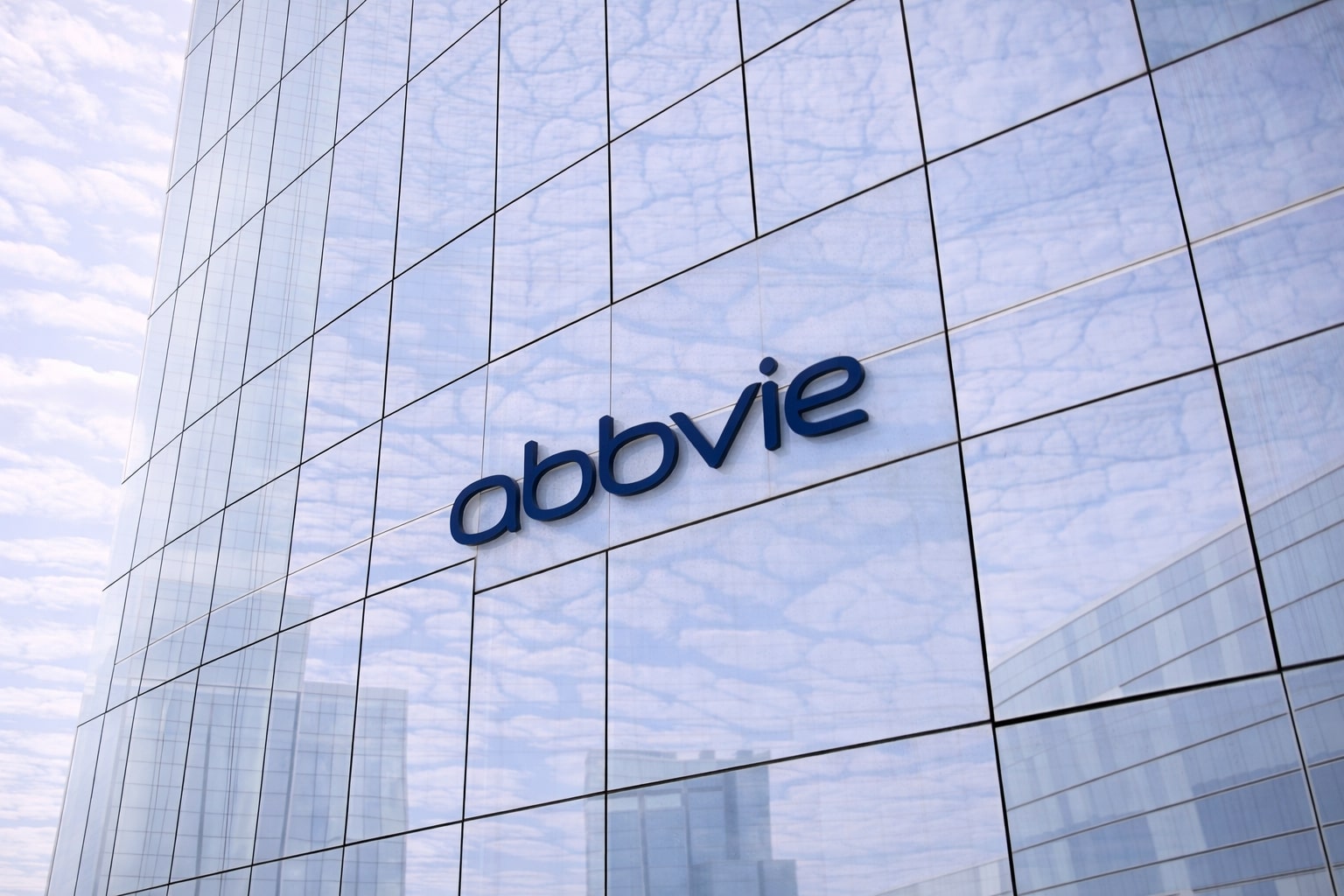
Crocs (NASDAQ:CROX) Stock Price Retreats 4.2% to $100.60 as P/E Compresses to 6.16
NASDAQ:CROX trades at 9.8× forward P/E versus 12.7× five-year average; new 20% tariffs on 64% of sourcing reduce $130 M cost by $70 M, supporting 15% potential gain | That's TradingNEWS
Market Rebound And Valuation Gap For NASDAQ:CROX
Crocs shares have rebounded from a 20 percent drawdown to trade near $98.00, recapturing momentum after dipping below $90.00 in mid-summer. The stock’s forward price-to-earnings ratio now sits roughly 20 percent beneath its five-year average of 12.7×, creating a valuation gap that typically resolves as investors refocus on fundamentals. Trading volume over the last four weeks averaged 1.5 million shares daily, signaling renewed institutional interest at price levels between $94.00 and $96.50. On-balance-volume indicators have trended higher since early July, underscoring accumulation by long-term shareholders.
Signature Clogs And Margin Resilience In The Crocs Brand
The Crocs brand—responsible for approximately 75 percent of total revenue—continues to deliver best-in-class gross margins near 60 percent. In Q1 2025, Crocs brand same-store sales grew 8 percent year-over-year across all regions, notably with a 12 percent Asia-Pacific advance led by China’s double-digit gains. Average selling prices climbed to $55.20 per pair, offsetting a modest 3 percent dip in unit volume to maintain overall brand revenue growth of 4 percent to $762 million. Proprietary Croslite foam resin and highly differentiated clog design have driven a net promoter score above 90, ensuring loyal repeat purchases that lifted digital channel revenues by 20 percent over the past twelve months.
Turnaround Trajectory For HEYDUDE Under New Leadership
HEYDUDE, contributing roughly 20 percent of consolidated revenue, steadied after a 10 percent year-over-year decline by posting an 8 percent gain in direct-to-consumer sales during Q1 2025. Under CEO Terence Reilly—formerly credited with reviving two legacy footwear lines—the segment registered its seventh consecutive quarter of average selling price increases, pushing its ASP to $48.30. Five-year Google Trends data show a 20 percent rise in brand searches since January 2024, reflecting renewed consumer interest. Reilly’s strategic social-first marketing yielded a 15 percent lift in TikTok Shop conversion rates and a 25 percent boost in influencer-driven collections. Management targets HEYDUDE profitability breakeven by Q4 2025 through a combination of product rationalization and 10 percent SG&A efficiency gains.
Tariff Headwinds Evolving Into A Margin Tailwind
Initial guidance estimated $130 million in incremental costs from steep tariffs—145 percent on China-sourced goods and 10 percent on other origins. Since then, new trade agreements cut Vietnamese duties from 46 percent to 20 percent and Indonesian rates from 32 percent to 19 percent—together covering 64 percent of Crocs’ $1.6 billion cost of goods sold. The 90-day China tariff pause, extended through December 2025, has shaved an estimated $45 million of headwinds. By diversifying resin suppliers and renegotiating logistics contracts, Crocs expects total 2025 tariff costs to fall below $60 million, restoring 150 basis points of operating margin.
Insider Confidence And Capital Allocation
Insider transaction records show zero executive share sales since May 1, while three board members purchased a combined 25,000 shares at an average price of $95.80. These purchases signal conviction at current levels. Meanwhile, Crocs has repurchased $280 million of stock—roughly 3 percent of float—under its $1.3 billion buyback authorization. Net leverage remains at 1.2× EBITDA, comfortably inside the 1.0–1.5× target range, preserving capacity for opportunistic M&A and continued investment in digital marketing initiatives that delivered a 25 percent return on ad spend in Q1 2025.
Global Expansion And Channel Diversification
International markets now account for 52 percent of Crocs brand revenue, up from 45 percent a year ago. EMEA sales rose 10 percent in Q1 2025 to $320 million, driven by a 15 percent lift in e-commerce and a 7 percent rebound in wholesale accounts across Germany, France, and the U.K. In Latin America, revenues climbed 18 percent to $85 million as localized collections resonated with younger demographics. Crocs’ omni-channel strategy delivered 15 percent growth in click-and-collect orders, while its loyalty program expanded by 1.2 million members to 8.5 million, boosting repeat purchase rates by 22 percent.
Product Innovation Pipeline And Collaboration Momentum
Crocs launched 12 new collaborations in H1 2025, including limited editions with three global fashion houses and five streetwear labels, driving an average sell-through rate of 92 percent in 72 hours. New product introductions such as the LiteRide Flow and the Classic Clog Sport generated 25 percent of Q1 brand revenues, underscoring Crocs’ ability to blend core design DNA with performance features. R&D investment of $42 million in 2024 (up 8 percent year-over-year) fueled material innovations that improved durability by 18 percent and reduced production costs by 7 percent per pair.
Discounted Cash Flow Underscores Upside
A conservative DCF—assuming a 1.6 percent revenue CAGR through 2034, terminal operating margins of 21 percent, and a 9.5 percent WACC—produces an intrinsic value of $113.00 per share, about 15 percent above today’s quote. Even holding Q1 2025 margins flat at 23 percent extends fair value to $135.00, implying 28 percent upside. Sensitivity analysis shows each 50 basis-point improvement in terminal margin adds $5.00 to target price. Given the company’s resilient cash flow, conservative balance sheet, and accelerating brand momentum, the current price presents a meaningful margin of safety and a compelling entry point for long-term investors.
Risk Factors And Ongoing Monitoring
Key risks include rapid shifts in fashion trends, potential inventory obsolescence, and single-product concentration in core clog designs. Currency volatility—particularly a 5 percent depreciation of major currencies versus the U.S. dollar—could erode EMEA margins by 75 basis points. To mitigate these, Crocs employs dynamic hedging covering 80 percent of expected FX exposure and maintains lean inventory days of 48, well below the 60-day industry average. Management has also set a 6 percent capex target relative to revenue to ensure balanced investment. Continuous monitoring of tariff developments, FX movements, and consumer sentiment metrics—such as the Brand Health Index—will be critical to validate ongoing thesis execution.
That's TradingNEWS
Read More
-
GPIX ETF Climbs to $52.54 as 8% Yield Turns S&P 500 Volatility Into Income
02.01.2026 · TradingNEWS ArchiveStocks
-
XRP ETF Rally: XRPI $11.54, XRPR $16.35 And XRP-USD At $1.99 Aim For A $5–$8 Cycle
02.01.2026 · TradingNEWS ArchiveCrypto
-
Natural Gas Price Forecast: NG=F Tests $3.50–$3.60 Floor Before LNG Wave
02.01.2026 · TradingNEWS ArchiveCommodities
-
USD/JPY Price Forecast - USDJPY=X Holds Near 157 as BoJ Caution and Fed Cut Bets Drive the Move
02.01.2026 · TradingNEWS ArchiveForex


















